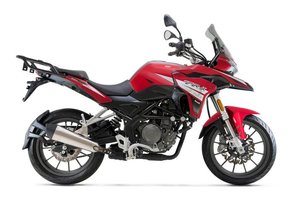Benelli TRK 251 (2018-2020) Review: The Approachable Adventure Companion
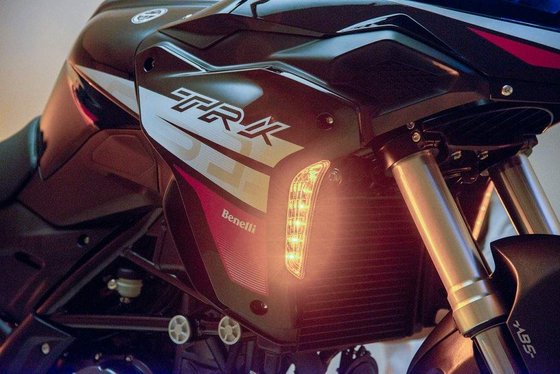
Introduction
The Benelli TRK 251 arrived during an era when lightweight adventure-styled motorcycles began dominating urban jungles and weekend getaway routes alike. Positioned as an accessible gateway to the adventure biking world, this Chinese-Italian collaboration combines rugged aesthetics with commuter-friendly mechanics. Having spent time with this 250cc contender, it's clear Benelli aimed to strike a balance between capability and affordability - but does it deliver where it matters? Let's throttle through the details.
Design & Ergonomics: Adventure Pretender or Contender?
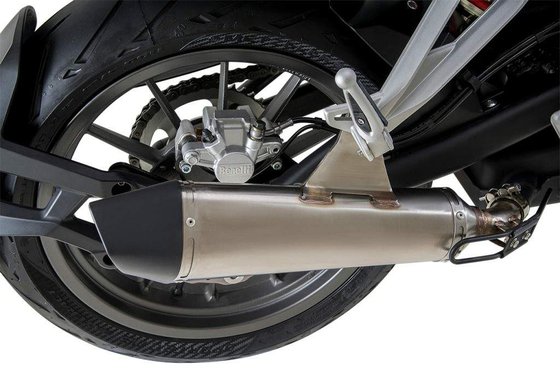
At first glance, the TRK 251 wears its adventure aspirations proudly. The high-mounted front fender, 17-inch alloy wheels, and upright riding position (complete with a wide, flat handlebar) create instant visual drama. The signature twin-headlamp setup - a Benelli family trait - gives it road presence disproportionate to its engine size.
The 795mm seat height (31.3 inches) makes this one of the most accessible adventure-styled bikes in its class. Even riders under 170cm (5'7") can plant both feet firmly, a crucial advantage in stop-and-go traffic. The seat itself strikes a Goldilocks balance - firm enough for multi-hour rides yet forgiving on tailbones.
Where the design stumbles slightly is in mass distribution. The claimed 196kg wet weight (432 lbs) feels concentrated high in the chassis, requiring deliberate input when maneuvering at walking speeds. However, this heft translates to stability at highway velocities - a fair tradeoff for newer riders.
Engine & Performance: Single-Cylinder Serenade
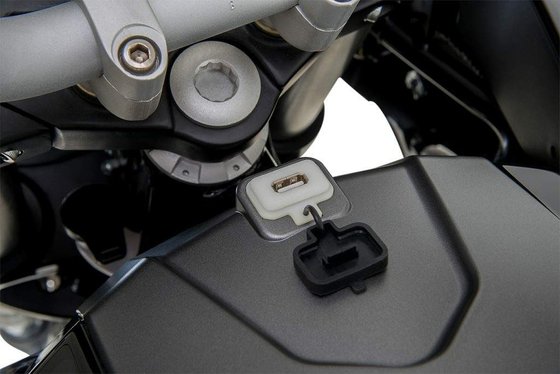
The liquid-cooled 249cc single-cylinder engine delivers 24.5hp at 9,000rpm, with 21Nm (15.5 lb-ft) torque peaking at 7,000rpm. These numbers suggest a narrow powerband, but reality proves more nuanced.
Low-Range Manners (2,000-5,000rpm):
Perfect for urban commutes, the TRK 251 pulls cleanly from traffic lights without abruptness. The Delphi electronic fuel injection avoids the low-RPM stumbles common in budget singles. You'll rarely need to rev beyond this range in city confines.
Mid-Range Punch (5,000-8,000rpm):
This is where the engine wakes up. Overtaking becomes plausible, with a linear surge that feels faster than the numbers suggest. The exhaust note transitions from agricultural thrum to a sporty growl - music to any rider's ears.
Top-End (8,000rpm+):
Vibration becomes pronounced past 8,500rpm, the handlebars transmitting high-frequency buzz. While the engine doesn't sign off abruptly, there's little incentive to flirt with the 10,500rpm redline.
The 6-speed transmission deserves praise for its positive click between gears, though the clutch lever requires heavier pull than Japanese equivalents. Cruising at 90km/h (56mph) in 6th gear sees the tachometer hovering around 7,000rpm - relaxed enough for short highway stints, but you'll want earplugs for multi-hour rides.
On-Road Dynamics: Tarmac Explorer
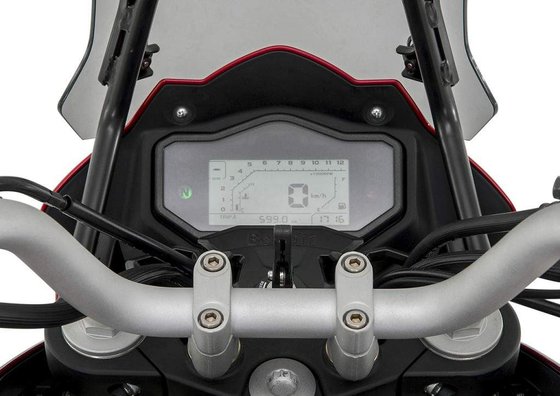
Suspension Setup:
The 41mm upside-down forks and rear monoshock offer 120mm (4.7") and 51mm (2") of travel respectively. Preload-adjustable rear suspension caters to solo riders up to 85kg (187lbs). Over broken city roads, the TRK 251 soaks up imperfections with composure rare in its class.
Cornering Characteristics:
Despite the adventure styling, this is no knee-dragger. The MRF Revz rubber (110/70-17 front, 150/60-17 rear) provides adequate grip for spirited riding, but the long-travel suspension induces noticeable dive during hard braking. The 1410mm wheelbase (55.5") offers stability over quick direction changes, though the wide handlebar demands conscious countersteering input.
Braking Performance:
The single 280mm front disc with 4-piston caliper (ABS-equipped models) delivers progressive bite. Initial lever travel feels soft, building confidence in wet conditions rather than inducing panic stops. Rear brake modulation is equally predictable - perfect for trailing into corners.
Off-Road Capability: Gravel Road Warrior
With 175mm ground clearance (6.9"), the TRK 251 easily straddles speed bumps and forest service roads. However, several factors limit serious off-road use: - Weight Distribution: The 196kg wet weight becomes apparent on loose surfaces - Tire Choice: Street-biased rubber struggles in mud/sand - Suspension Limits: Rear travel is minimal for technical terrain
That said, fire roads and hard-packed trails are within reach. Engaging first gear reveals tractable low-RPM torque perfect for crawling over obstacles. Standing on the pegs feels natural thanks to the handlebar height, though the footpeg positioning favors seated riding.
Competition: How It Stacks Up
1. BMW G 310 GS
- Advantages: Lighter (175kg wet), more refined engine, superior brand cachet
- TRK 251 Counters: Lower seat height, better wind protection, significantly cheaper maintenance costs
2. Honda CB500X
- Advantages: Parallel-twin smoothness, longer service intervals, proven reliability
- TRK 251 Counters: Narrower seat, more aggressive styling, lower initial purchase price
3. KTM 390 Adventure
- Advantages: Premium suspension components, TFT display, off-road focused electronics
- TRK 251 Counters: Less vibey engine, simpler maintenance routine, lower insurance costs
Verdict: The TRK 251 shines for riders prioritizing style and affordability over cutting-edge tech. It's the ideal second bike for urban adventurers or a first "big bike" for those graduating from 125cc machines.
Maintenance: Keeping the Adventure Alive
Critical Service Points:
1. Oil Changes: Every 5,000km (3,100mi) using 1.4L of 10W-50 oil (1.2L without filter change)
2. Chain Maintenance: Clean/lube every 500km (310mi) - crucial given the O-ring chain's exposure to elements
3. Valve Clearances: Check every 10,000km (6,200mi) - shim-under-bucket design requires mechanical expertise
4. Cooling System: Replace coolant every 2 years (1.2L capacity) - monitor for pump leaks
5. Brake Fluid: DOT4 replacement every 2 years - bleeder valves benefit from anti-seize compound
Common Upgrade Paths:
- Air Filter: High-flow options improve mid-range response
- Sprockets: -1/+2 tooth setup enhances acceleration (stock 15F/46R)
- Handguards: Essential for winter commuting/wind protection
- Seat Cover: Aftermarket gripper surfaces aid off-road control
MOTOPARTS.store Recommendations:
- Our premium chain lubrication kits extend drivetrain life
- Upgrade to sintered brake pads for improved bite in wet conditions
- Consider a radiator guard for gravel road protection
The Ownership Experience
Living with the TRK 251 reveals thoughtful touches:
- Fuel Efficiency: 30-35km/L (70-82mpg) means 480km (300mi) range from the 16.5L tank
- Storage Options: Robust rear rack accepts top cases up to 45L capacity
- Cold Starts: Reliable down to 5°C (41°F) without choke manipulation
Annoyances emerge in details:
- Mirror Vibration: Blurs images above 7,000rpm
- Tool Kit: Subpar quality - upgrade essential fasteners
- Battery Access: Requires seat removal - keep terminals clean
Conclusion: Who Should Ride It?
The Benelli TRK 251 won't satisfy liter-bike refugees or hardcore off-roaders. What it does deliver is an irresistible combination - the swagger of an adventure bike with the running costs of a commuter. For new riders building confidence, urban explorers seeking weekend versatility, or budget-conscious motorcyclists wanting maximum presence per dollar, this Italian-Chinese hybrid makes a compelling case.
Final Thought: This isn't the bike you buy to impress spec sheet warriors. It's the machine you choose because it makes every errand feel like a mini-adventure - and isn't that why we ride in the first place?
Ready to personalize your TRK 251? Explore our curated selection of Benelli upgrades and maintenance kits at MOTOPARTS.store - where every ride begins with the right parts.
Specifications sheet
| Engine | |
|---|---|
| Stroke: | Four-stroke |
| Ignition: | Delphi MT05 |
| Max power: | 18 kW | 24.0 hp |
| Max torque: | 21 Nm |
| Fuel system: | Electronic fuel injection |
| Lubrication: | Wet sump |
| Max power @: | 9000 rpm |
| Displacement: | 249 ccm |
| Max torque @: | 7000 rpm |
| Configuration: | Single |
| Cooling system: | Liquid |
| Compression ratio: | 11.2:1 |
| Number of cylinders: | 1 |
| Dimensions | |
|---|---|
| Wheelbase: | 1410 mm (55.5 in) |
| Dry weight: | 185 |
| Wet weight: | 196 |
| Seat height: | 795–835 mm (31.3–32.9 in) |
| Overall length: | 2130 mm (83.9 in) |
| Ground clearance: | 175 mm (6.9 in) |
| Fuel tank capacity: | 18.0 L (4.8 US gal) |
| Drivetrain | |
|---|---|
| Clutch: | Wet |
| Final drive: | chain |
| Transmission: | 6-speed |
| Maintainance | |
|---|---|
| Rear tire: | 150/60-z-17 |
| Engine oil: | 10W50 |
| Front tire: | 110/70-17 |
| Brake fluid: | DOT 4 |
| Spark plugs: | NGK CR8E |
| Spark plug gap: | 0.8 |
| Coolant capacity: | 1.2 |
| Engine oil capacity: | 1.4 |
| Engine oil change interval: | Every 5000 km or 2 years, whichever comes first |
| Valve clearance check interval: | 24,000 km / 15,000 mi |
| Recommended tire pressure (rear): | 2.5 bar (36 psi) |
| Recommended tire pressure (front): | 2.2 bar (32 psi) |
| Chassis and Suspension | |
|---|---|
| Frame: | Trestle in steel tubes |
| Rear tire: | 150/60-z-17 |
| Front tire: | 110/70-17 |
| Rear brakes: | Single 240 mm disc, 2-piston caliper (ABS on some models) |
| Front brakes: | Single 280 mm disc, 4-piston caliper (ABS on some models) |
| Rear suspension: | Swingarm with monoshock |
| Front suspension: | 41 mm upside-down forks |
| Rear wheel travel: | 51 mm (2.0 in) |
| Front wheel travel: | 120 mm (4.7 in) |



